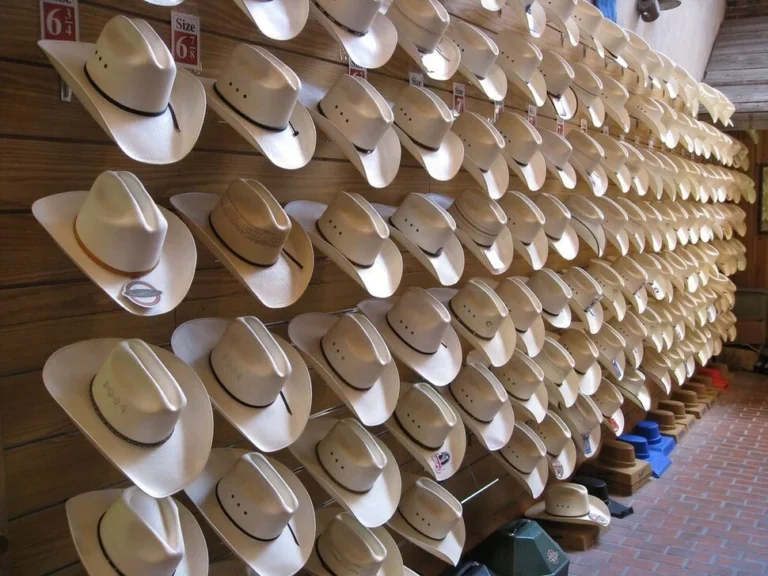Measuring Bicycle Height
Bicycles are considered amongst the most practical and efficient modes of transportation-from avid cyclists to maniacs on weekends to casual riders, everything depends upon your bicycle set. One of the most important aspects in gaining the perfect ride is definitely getting your height right with respect to your bicycle, mainly about the height of the saddle and the position of the handlebar.
This is going to be an in-depth article that is going to cover everything relating to measuring bicycle height, its importance, various techniques in adjusting the height, and all factors that influence finding the optimal setup. We will discuss here both scientific principles and the art of tailoring a bicycle in height for individual preference and needs.
Importance of Accurate Bicycle Height Determination
Why measuring a bicycle’s height is crucial:
1. Comfort: After many periods of riding, a badly positioned saddle or handlebar could become extremely unpleasant.
2. Performance: A rider in the proper position will transfer power to the pedal with each stroke, ensuring efficiency and speed.
3. Injury Preventing: Improper posture when riding a bicycle height can lead to overuse injuries in the shoulders, back, or knees.
4. Aerodynamics: Professional bikers may benefit from a height-in-order since it can give them a good aerodynamic profile. It will therefore provide excellent performance and a pleasant ride.
To put it briefly, the ideal height for a bicycle is one that balances rider-focused aerodynamics, biomechanics, and ergonomics.
Elements Associated with Measuring Bicycle Height
When discussing bicycle height measurement, there are two main parts that are typically discussed:
1. Saddle Height: The vertical separation between the saddle’s top and the bottom bracket’s center.
2. Handlebar Height: The separation between the top of the handlebars and the ground or bottom bracket.
The posture, comfort, and performance of riders are directly impacted by both linear metrics. Let’s take a closer look at these two elements.
3. Saddle Height: The Cornerstone of Cycling Comfort
It’s critical to adjust the saddle height because it affects your pedaling mechanics. An excessively high saddle height might cause hip swaying when you pedal, which can lead to unequal power application and lower back strain. Conversely, if the saddle height drops too much, pedaling may result in excessive knee bending, which may cause knee pain and reduce efficiency.
The right saddle height can be found using a variety of techniques, such as:
3.1. The Heel-to-Pedal Approach
This is one of the simplest, if less precise, methods for figuring out the saddle height. To use this technique:
- For balance, sit on your bicycle and grasp onto a wall or a friend.
- Place your heel on the pedal and rotate the pedals until, for instance, your heel is at the base of the pedal stroke.
- Now, with your heel on the pedal, adjust the bicycle height of the saddle so that your leg is nearly fully extended.
Your knee should be slightly bent at the bottom of the pedal stroke, at a degree or two between 25 and 30, when you start pedaling again with the ball of your foot.
3.2. The Holmes Method (Knee Angle)
This is the method which requires a goniometer-a device used to measure angles. This is how it’s done:
- Sit on your bike in a trainer/stationary setup.
- Clip in your shoes or make sure your foot is in the proper position on the pedals.
- Rotate the pedals to the bottom of the stroke.
- Use the goniometer and measure the angle of the knee at the bottom of the stroke. For most riders, this should be in the range of around 25-35 degrees.
This is more accurate than the heel-to-pedal method and hence more popular among pro cyclists and bike fitters.
3.3. The LeMond Formula
Greg LeMond, one of the best professional cyclists, also developed a formula using inseam length to calculate the height of the saddle. The formula is:
- Saddle Height = Inseam Length × 0.883 This measures from the top of the saddle to the centre of the bottom bracket. While this is a great general starting point, it may have to be modified for individual comfort and riding style.
3.4. Power Output and Saddle Height
As discussed, small adjustments in saddle height can make the big difference in competitive cycling. Scientifically, riders tend to be able to produce more power as their saddle height allows the knee angle to be close to 30 degrees at the bottom of the stroke. This angle provides a balance in muscle engagement versus mechanical advantage, which enables the rider to sustain both endurance and speed.
Handlebar Height The Balancing Act
While most attention has been directed towards saddle height, handlebar height is also a very important factor in ensuring rider comfort and performance. Handlebar height does affect your posture, weight distribution, and how much pressure is placed upon your hands, wrists, and shoulders.
There are two main positions when considering adjustment to the handlebar height:
Aggressive, Lower: This is quite common with competitive cyclists concerned with and requiring aerodynamics for speed. The lower height of the handlebar can allow tucking down into an aerodynamic position and minimizing drag. This positioning places much of the weight on the hands, wrists, and shoulders, which may be uncomfortable on longer rides.
Comfort Position: The higher the comfort handlebar height, the more upright the rider’s position will be. This relieves some of the pressure on the upper body. Therefore, two categories of riders that prefer this position are comfort bike riders, or people that value comfort over speed.
Measuring Handlebar Height
Handlebar height is typically measured relative to saddle height. For the great majority of recreational cyclists, the handlebars need only be approximately at the same height as the saddle or perhaps a bit below. In order to minimize air resistance, competitive cyclists often set their handlebars several centimeters below the saddle.
4.2. Adjusting Handlebar Height:
There are several ways to adjust handlebar height, depending on how your bike is designed:
Adjusting Spacers: On modern road bikes, spacers can be added or removed on the thread less headsets to raise or lower handlebars.
Stem Adjustment: A more critical option for adjusting handlebar height involves changing the stem by installing another one with a different rise or angle, making the handlebars sit higher.
Riser Bars: The use of riser bars is an option available in mountain bikes or hybrid bikes, which raises the handlebar height to ensure more upright and comfortable riding positions.
Factors Affecting Ideal Bike Height
Therefore, several factors can dictate each individual’s optimum setting, such as the following:
5.1 Riding Style
It also really depends on your riding style-the saddle height and the height of your handlebars. Of course, there can be countless variations, but competitive road cyclists like to have more aggressive setups-higher saddles and lower handlebars-to maximize speed and aerodynamics. For mountain bikers or casual cyclists, they may prefer to find a more upright and comfortable position.
5.2. Flexibility and Core Strength
Flexibility and core strength are two of the most critical factors in determining an optimum bicycle height. Greater flexibility can allow riders to hold an aerodynamic position much easier for longer periods of time, whereas less flexible riders may need a higher height in the handlebars to take pressure off their back and neck. Core strength will also come into play, as a weakened core will invite discomfort or injury into holding such a low position over an extended period of time.
5.3. Body Proportions
This can be influenced by the ratio of leg length to torso length-for instance, the longer the legs, the higher the saddle may have to be raised; and inversely, the shorter the torso, the higher the handlebars may have to go to have comfortable postures.
5.4. Type of Bike and Geometry
The geometry on mountain bikes, road bikes, and the hybrid or touring bikes varies; hence, so does how one might measure for height and perform height adjustment. For instance, a road bike would typically feature a quite aggressive geometry, while mountain bike design allows for a more upright riding posture. On the contrary, comfort rather than pure speed is considered when designing a hybrid and touring bike.
Fine-Tuning of Bicycle Height for Performance
Once the basic measurements are dialed, fine-tuning can very well make a difference between comfort and performance. Minor changes, within millimeters, can thus be noticeable, especially in the case of performance cyclists. Following are some advice on how to fine tune:
1. Play with Saddle Tilt: Although this article is about height, you may also find that the angle of your saddle impacts comfort. Start with the saddle level and tip slightly up or down based on personal preference.
2. Listen for Discomfort: If your knees, back, neck, or wrists hurt, these are often indications that a height adjustment in your bicycle is needed.
3. Testing on Different Terrains: If you will be riding on hills, flats, or poor roads, test your bike set-up into each of these to see if it will work with each.
Professional Bike Fitting When Precision Matters
Professional bike fitting is a godsend for the more enthusiastic cyclists. These professionals use highly specialized tools and technology, like 3D motion capture, pressure mapping, and dynamic fit systems, to provide optimal height and geometry of the bike. It is quite essential for cyclists who are into competitions or may have chronic pain and discomfort.







